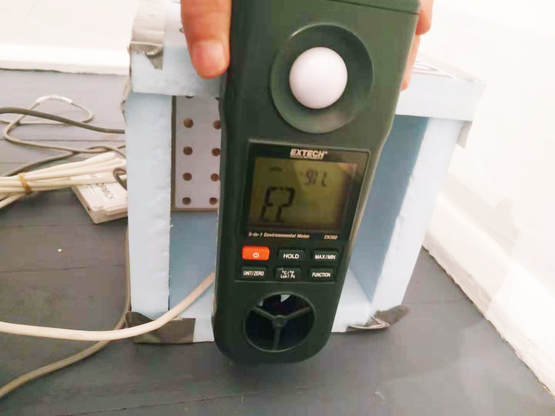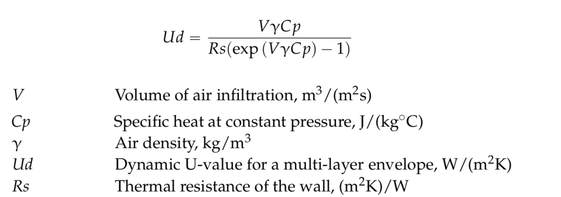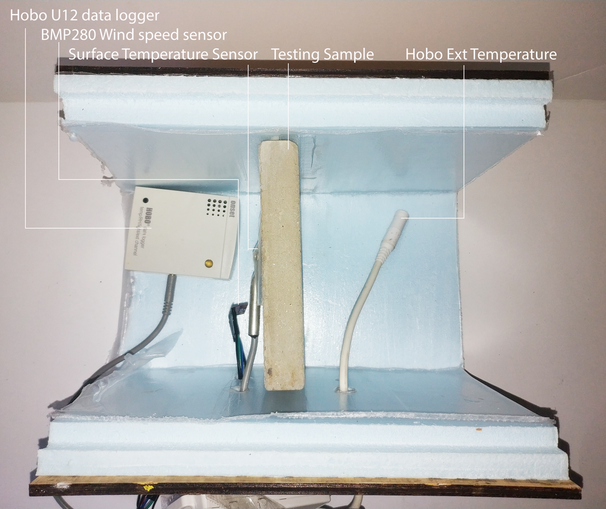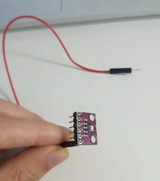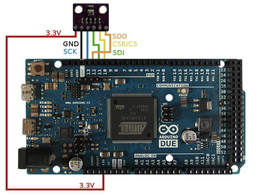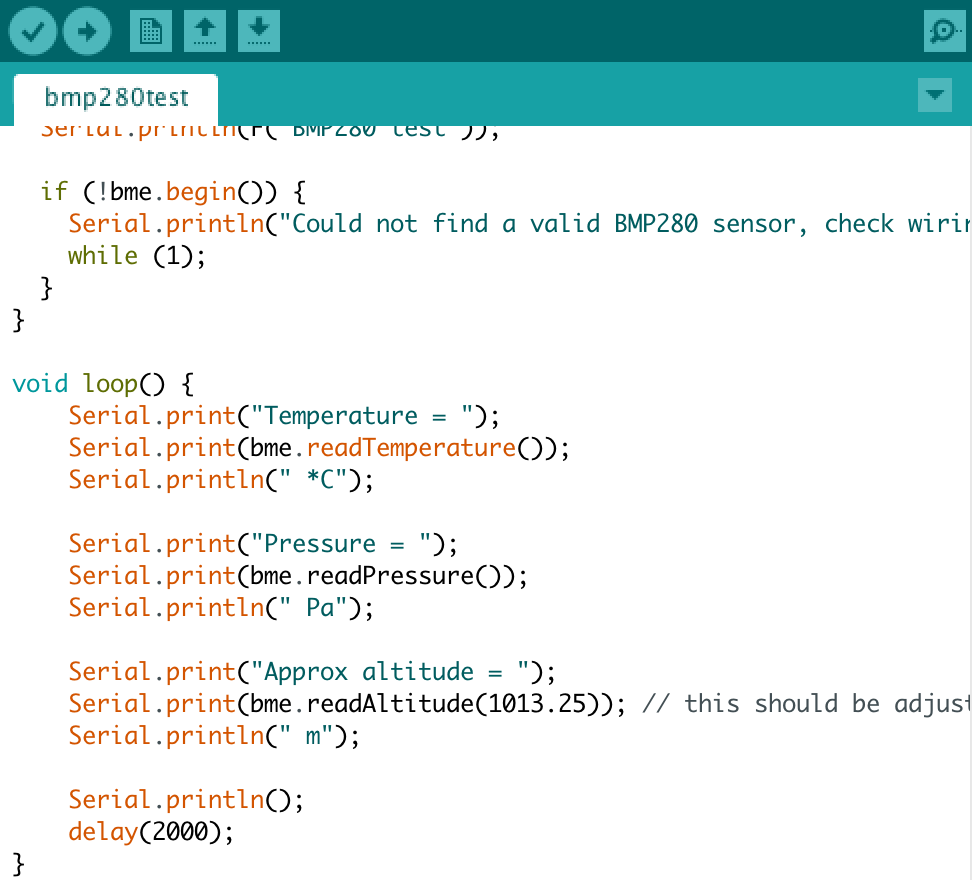Precondition the wall sample
Heat wooden wall and concrete wall to 86 ℉ (30 ℃ ) separately with oven. Test the surface temperature with thermometer (IR hand-held thermometer): to check whether the board is uniformly heated and whether the surface temperature has arrived up to 86 ℉.
Measure the surface temperature of wall sample using TMCx-HE temperature sensor and HOBO U12 data logger until the sample naturally cool down to room temperature. Make a graph to show the natural cooling down process by HOBOware and Excel. The meaning of this experiment is to figure out how long it takes to naturally cool down and then keep measuring for the same time in the formal experiment.
Void fraction stays all the same in different sample wall.
Measure the surface temperature of wall sample using TMCx-HE temperature sensor and HOBO U12 data logger until the sample naturally cool down to room temperature. Make a graph to show the natural cooling down process by HOBOware and Excel. The meaning of this experiment is to figure out how long it takes to naturally cool down and then keep measuring for the same time in the formal experiment.
Void fraction stays all the same in different sample wall.
Precondition the heat exchange process
The first experiment is to test the heat-exchange performance on room-temperature wall (without heating). The walls stay at the same temperature with surrounding box. It will be implemented in the same way with the second experiment.
Test the performance of wall
The second experiment involves testing the performance of wall with different size of holes (diameter=1/32, 1/16, 3/32 inch). The preconditioning wall will be placed in the environment box, between the exterior and the interior. The edge will be covered with insulation foam in order to prevent the heat loss. Temperature of the surface inside, temperature of the air inside and temperature of air outside will be measured by TMCx-HE temperature sensor, hobo data logger and hobo EX TEM/RH data logger. All the temperature measurement will be recorded by HOBO sets. Flow rate of air will be measured through BMP280 controlled by Arduino,
SENSOR:
1 Interior air temperature- hobo data logger U12
2 Interior surface temperature- TMCx-HE temperature sensor
3 Exterior air temperature- hobo UX100
4 Wind speed- BMP280
(I have made it work on the board, but haven't fix it in the box.-lack of wires, male to female )
1 Interior air temperature- hobo data logger U12
2 Interior surface temperature- TMCx-HE temperature sensor
3 Exterior air temperature- hobo UX100
4 Wind speed- BMP280
(I have made it work on the board, but haven't fix it in the box.-lack of wires, male to female )
